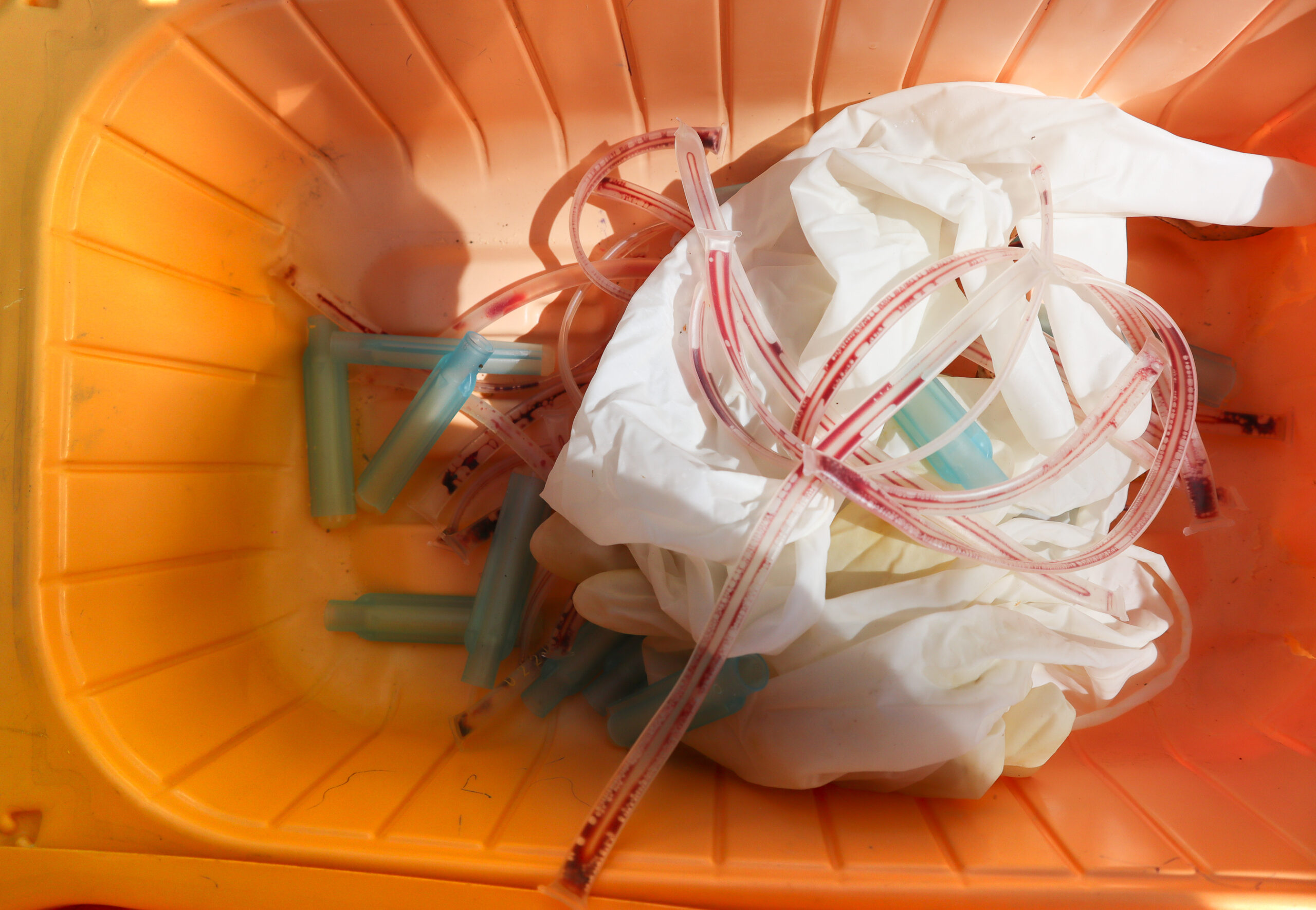A Properly Organised Disposal of Clinical Waste Has Many Benefits

Administrators and providers in the healthcare industry are aware of the importance of a secure working environment in laying the foundation for healthy communities.
Improving healthcare environments requires many steps, one of which is the proper management of clinical waste. This involves separating clinical waste from other types of waste and placing it in containers that are specifically designed to store, collect, and transport clinical waste. However, this step is often overlooked.
In a variety of different ways, healthcare institutions and the communities they serve may reap benefits from properly segregating their clinical waste.
Table of Contents
Ensure Continued Compliance With All Regulations
Separation of waste from medical practices is often required by applicable legislation.
As a result, a programme for clinical waste collection can assist healthcare companies in warding off enforcement or other forms of legal action. The proper procedure for waste segregation might be difficult to devise, but forming a partnership with an experienced supplier of waste management can be of assistance in this regard. When designing a policy for the segregation of waste, healthcare companies should be sure to consult the state and municipal rules that apply to their facility.
Spend Less Money On Waste Management.
The correct segregation of waste may be beneficial to healthcare organisations because it gives them the ability to comprehend the amounts of each sort of waste that is generated. An organisation may save the expenses associated with waste disposal by sorting waste by kind and keeping records of that sorting. The majority of the waste that is produced by healthcare facilities is normal municipal waste, which is generally only subject to a light level of control. To avoid overpaying for services related to either solid waste or regulated waste, businesses should separate the relatively tiny fraction of regulated wastes that calls for specific handling or treatment. Doing so will help organisations avoid overspending.
Contribute to the Mitigation of Environmental Impacts
The improper segregation of clinical waste may also result in negative effects on the surrounding ecosystem. For instance, flushing pharmaceutical waste down the toilet rather than separating it for cremation might lead to the active pharmaceutical chemicals in the waste making their way into the surface or drinking water, which can be harmful to people, animals, and plant life. Healthcare organisations should make sure that the many waste streams that they create are recognised and handled correctly to assist offset the effects of these and other factors.
| https://youtu.be/XBHY19mgaJg |
Help Improve Safety
Front-line personnel who provide healthcare services must prioritise safety throughout the segregation and disposal of medical waste. The separation of waste may assist cut down on the chances of being hurt or being exposed to harmful substances. An example of this would be if a used sharp object (such as a needle or syringe) was thrown away in a standard waste can, which might result in a needlestick injury. When disposing of spent needles, it is helpful to use a sharps container that can be closed, is resistant to puncture, and is suitably labelled. This helps to limit the danger of exposure.
Maintaining an effective clinical waste disposal policy is one way for healthcare firms to help protect their employees from potential harm. Patients and personnel who are not directly involved in patient care might also benefit from effective management of medical waste (such as Environmental Services staff). Employees should get training from their employers on this standard, which should include job-related dangers as well as ways to reduce exposures in the workplace.
Increasing the degree of safety in the workplace may contribute to increased levels of employee satisfaction, which may in turn lead to increased levels of worker retention.
Better medical waste management may be one approach to prevent workplace burnout in the healthcare industry and help minimise some of the stress that healthcare workers endure. Workplace burnout is a real problem in the healthcare industry.
Make sure that your employees follow the disposal of clinical waste in appropriate bags or containers so that you can better safeguard the safety of particular patients.
The Methods Used in Separating Waste
The easiest way to understand the segregation of clinical waste is by looking at the colour of the waste container and the kind of waste container:
-
Containers for Sharps and Red Waste Bags:
The blood-soaked gauze or bandages as well as any other potentially infectious items should be placed in a red bag, which is reserved for non-sharp medical waste. Those working in healthcare settings will have a better chance of avoiding exposure to bloodborne infections and injuries caused by sharps if they dispose of sharps in the right bags or containers. If waste is disposed of incorrectly, for example by putting sharp objects, electronic debris, or dangerous substances in a red clinical waste bag, the people and equipment involved in waste management might be put in danger.
-
Yellow Lidded Bins
The disposal of trace amounts of chemotherapeutic medications should take place in yellow containers or bags. This refers to the waste that has been polluted by contact with chemotherapeutic drugs or that has previously included such agents.
-
Blue Lid Bins and Blue Lid Containers
Pharmaceutical waste that does not pose a risk to human health should be disposed of in dumpsters and containers with blue lids. Although it is not mandatory, many guidelines indicate that such waste is separated for incineration rather than flushed down the drain or disposed of in the usual waste. This is because incineration is safer than flushing down the drain or disposing of waste in the regular waste.
-
Black Containers
The black bins are reserved for hazardous waste, including medicines and other types of hazardous waste. Any waste that is disposed of in black containers will either be designated waste or have some other feature of hazardous waste (ignitable, corrosive, reactive, or toxic).
Get in touch with Trikon Clinical Waste right now to get further information on personalised medical waste management solutions.





